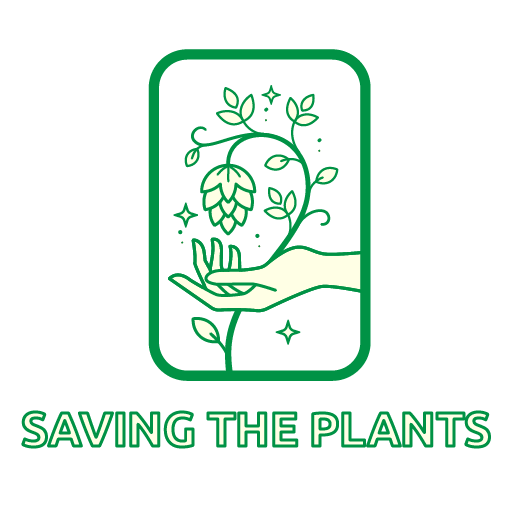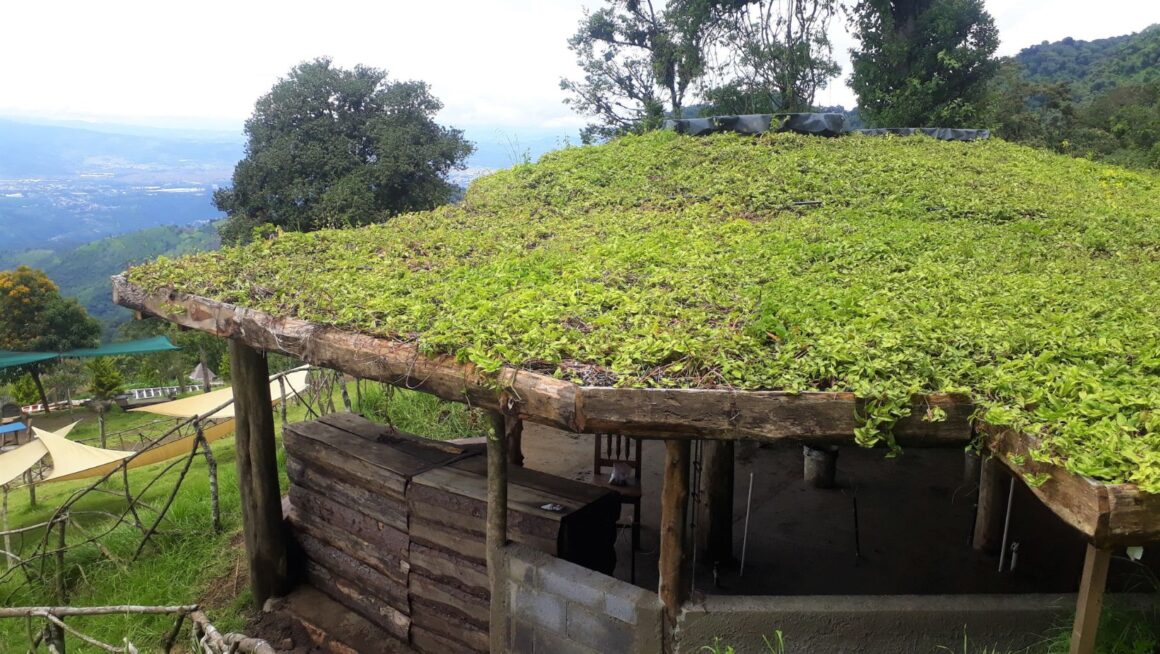Green Construction Technology
As an expert in green construction technology, I’m excited to delve into the innovative practices shaping the future of sustainable building. From solar panels to energy-efficient designs, green construction technology is revolutionizing the way we think about urban development. With a focus on reducing environmental impact and enhancing energy efficiency, these technologies are at the forefront of modern construction.
One key aspect of green construction technology is its emphasis on utilizing renewable resources like solar and wind power. By harnessing these natural sources of energy, buildings can operate more sustainably and reduce their carbon footprint significantly. Incorporating such features not only benefits the environment but also leads to long-term cost savings for homeowners and businesses alike.
In today’s fast-paced world, where climate change poses a significant threat, embracing green construction technology is no longer just an option – it’s a necessity. By adopting eco-friendly building methods and materials, we can create healthier living spaces while preserving our planet for future generations. The shift towards sustainable construction practices marks a crucial step towards a more environmentally conscious and resilient future.

Evolution of Green Construction Technology
As we delve into the history of green construction technology, it’s fascinating to see how far we’ve come in creating sustainable building practices that prioritize environmental conservation. The evolution of green construction technology can be traced back to the early days when concepts like passive solar design and natural ventilation were utilized to reduce energy consumption in buildings.
Key Milestones:
|
Year |
Milestone |
|
1970s |
Rise of energy-efficient building designs |
|
1990s |
Introduction of LEED certification for green buildings |
|
2000s |
Advancements in renewable energy integration |
The adoption of green roofs, solar panels, and recycled materials has revolutionized the way buildings are constructed, showcasing a shift towards more eco-friendly practices. Architects and engineers have increasingly embraced innovative technologies such as Building Information Modeling (BIM) to optimize resource efficiency and minimize waste during the construction process.
In recent years, the emphasis on net-zero energy buildings has gained traction, pushing boundaries in sustainable design by aiming to produce as much energy as they consume. This paradigm shift underscores the industry’s commitment to reducing carbon footprints and mitigating climate change through smart utilization of resources.
Green construction technology continues to evolve rapidly, with emerging trends like smart building automation systems and biophilic design principles reshaping the landscape of sustainable architecture. As we look ahead, interdisciplinary collaborations and research efforts will play a crucial role in driving further innovations that align with our collective goal of creating greener, healthier environments for generations to come.

Benefits of Green Construction Technology
When it comes to embracing green construction technology, the benefits are vast and impactful. Let’s delve into the advantages that this innovative approach brings to the table.
Environmental Sustainability
- Using sustainable materials such as reclaimed wood or recycled steel REDUCES environmental impact.
- Incorporating energy-efficient systems like solar panels and smart thermostats MINIMIZES carbon footprint.
- Implementing water-saving fixtures and irrigation systems CONSERVES precious resources.
Cost Savings
- Investing in green technology initially may have higher upfront costs, but in the long run, it LEADS TO significant savings through reduced energy consumption.
- Energy-efficient buildings have lower utility bills, which translates to SAVINGS for homeowners and businesses alike.
Health and Well-being
- Green buildings often feature improved air quality due to better ventilation systems, leading to HEALTHIER indoor environments.
- Natural light integration enhances mood and productivity among occupants by CREATING a more pleasant space.
Regulatory Incentives
- Many governments offer TAX INCENTIVES or grants for projects that meet certain green building criteria, encouraging more sustainable practices.
- Adhering to environmentally friendly standards can also result in FASTER permit approvals and smoother regulatory processes.
Incorporating green construction technology not only benefits the environment but also offers financial savings, promotes health and well-being, and provides incentives from regulatory bodies. Embracing these advancements in construction practices is a step towards a more sustainable future for all.


